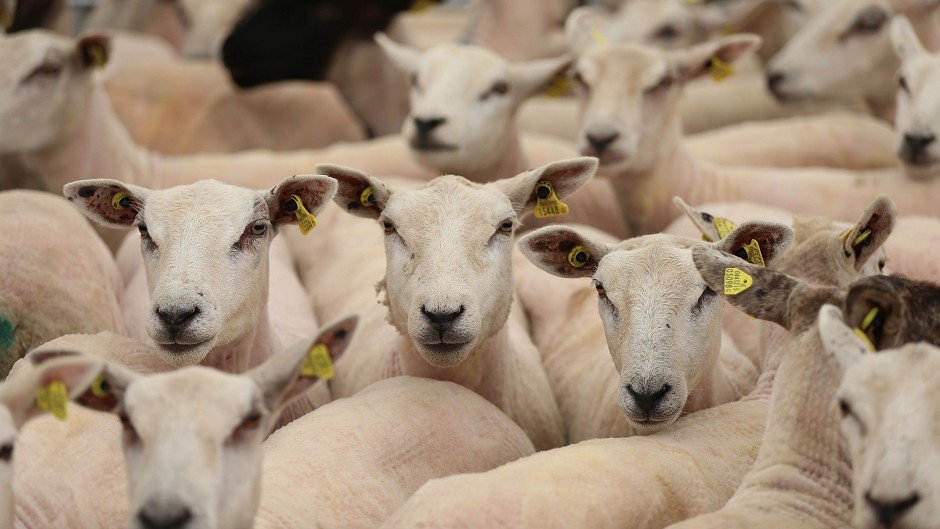Various attempts to narrow the gap between the lowest and highest earning farm businesses have failed, claims a new study.
The study, carried out by researchers at SRUC, analysed Scottish farm income figures over a 14-year period.
It found that despite government and industry initiatives to improve the performance of the lowest earning farm businesses, there still remains a gap between the top and bottom performing businesses.
“The inequality of farm incomes has been of increasing concern. Over the years there have been various initiatives to help bring the poorer performers more in line with those doing better or to compensate for events leading to a sudden drop in incomes. What this study shows is that they are not having the desired effect,” said SRUC’s Andrew Barnes, who supervised the study.
The study involved analysing the individual net farm income from 151 farms over time, and comparing them to the average net farm income.
Work carried out by PhD student Kalina Kasprzyk revealed that although average net farm income moved up or down over the 14-year period, none of the farms in the bottom quarter moved out of that group while those in the higher performing group stayed there.
Mr Barnes said: “Transitory shocks like droughts or floods may cause blips but what this work shows is that the substantial inequality within the industry is structural and persistent and the higher incomes are held by a small proportion of farmers.
“While the focus of the recent Cap reforms was a fairer distribution of support we will have to wait to see how effective that might be. We also need to dig a bit further into other measures of income to discover what factors are preventing farms in the survey improving their performance and moving their position.”
